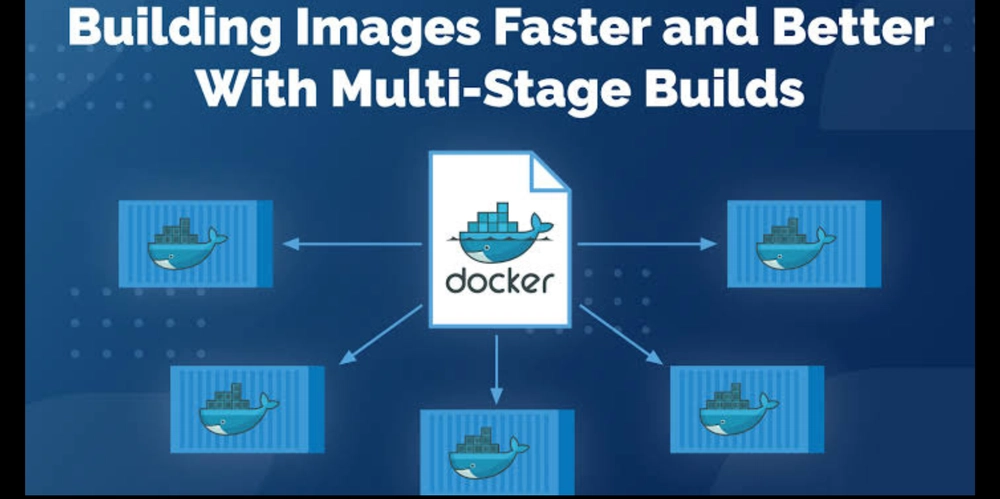Docker Multi-Stage Builds: Optimize Your Container Images
Building efficient and lightweight Docker images is crucial for performance, especially in production environments. A common problem developers face is unnecessarily large images due to redundant dependencies. Docker multi-stage builds solve this by enabling you to separate the build and runtime environments, significantly reducing image size while maintaining efficiency. In this blog, we’ll explore: ✅ What multi-stage builds are ✅ Why they are important ✅ How to implement them with practical examples ** What are Multi-Stage Builds?** Multi-stage builds allow you to use multiple** FROM** statements in a Dockerfile, enabling you to: Build the application in one stage Copy only necessary artifacts to a lightweight final image This means that unnecessary dependencies, such as compilers or build tools, are not included in the final image, resulting in a smaller, more secure, and optimized container. Why Use Multi-Stage Builds?

Building efficient and lightweight Docker images is crucial for performance, especially in production environments. A common problem developers face is unnecessarily large images due to redundant dependencies. Docker multi-stage builds solve this by enabling you to separate the build and runtime environments, significantly reducing image size while maintaining efficiency.
In this blog, we’ll explore:
✅ What multi-stage builds are
✅ Why they are important
✅ How to implement them with practical examples
**
What are Multi-Stage Builds?**
Multi-stage builds allow you to use multiple** FROM** statements in a Dockerfile, enabling you to:
Build the application in one stage
Copy only necessary artifacts to a lightweight final image
This means that unnecessary dependencies, such as compilers or build tools, are not included in the final image, resulting in a smaller, more secure, and optimized container.
Why Use Multi-Stage Builds?










































































































































































![[The AI Show Episode 142]: ChatGPT’s New Image Generator, Studio Ghibli Craze and Backlash, Gemini 2.5, OpenAI Academy, 4o Updates, Vibe Marketing & xAI Acquires X](https://www.marketingaiinstitute.com/hubfs/ep%20142%20cover.png)



























































































































![[FREE EBOOKS] The Kubernetes Bible, The Ultimate Linux Shell Scripting Guide & Four More Best Selling Titles](https://www.javacodegeeks.com/wp-content/uploads/2012/12/jcg-logo.jpg)



![From drop-out to software architect with Jason Lengstorf [Podcast #167]](https://cdn.hashnode.com/res/hashnode/image/upload/v1743796461357/f3d19cd7-e6f5-4d7c-8bfc-eb974bc8da68.png?#)






































































































.png?#)




.jpg?#)
































_Christophe_Coat_Alamy.jpg?#)







































































































![Rapidus in Talks With Apple as It Accelerates Toward 2nm Chip Production [Report]](https://www.iclarified.com/images/news/96937/96937/96937-640.jpg)









































































































































